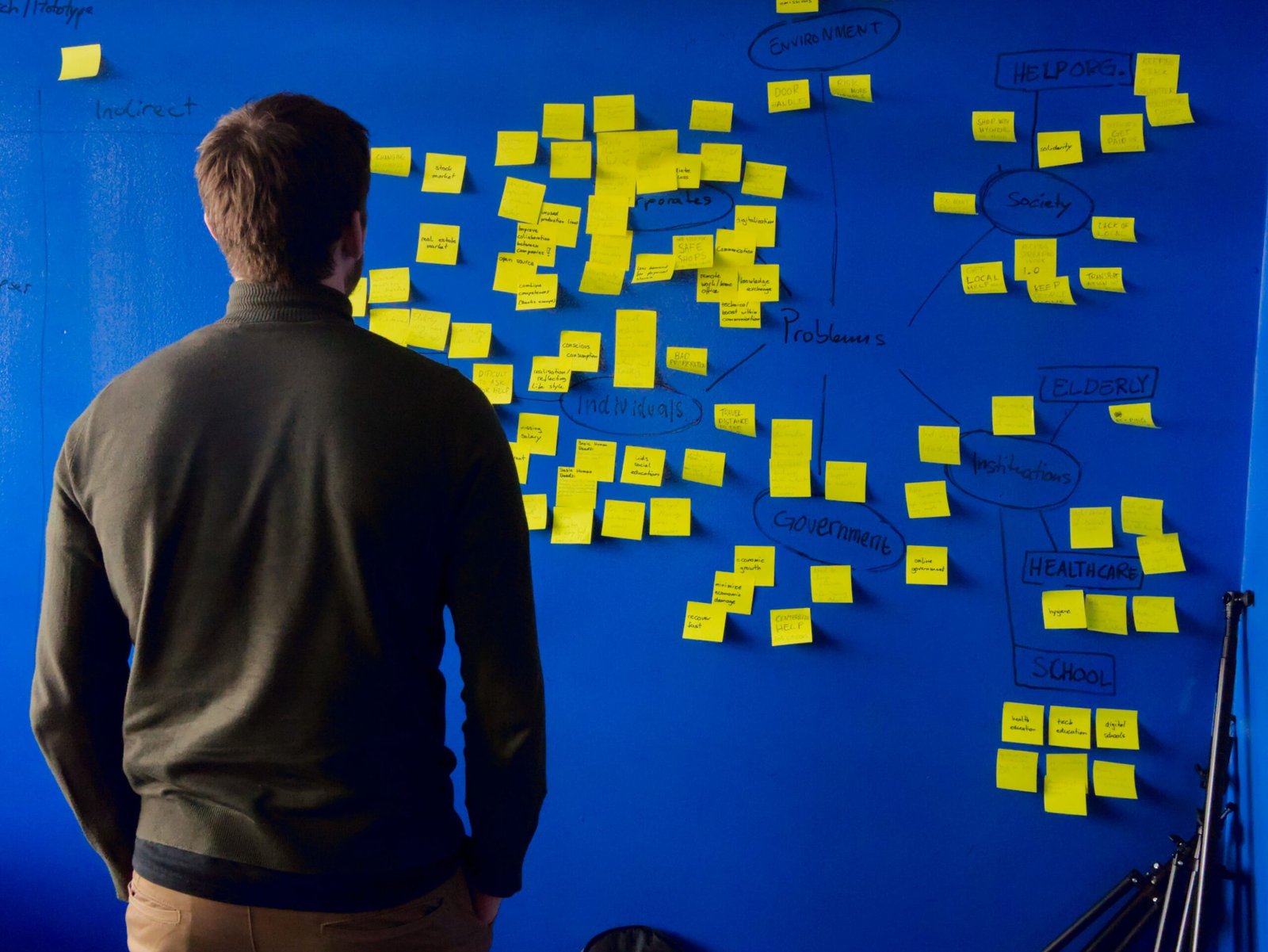Introduction
Are you struggling to come up with innovative ideas and solutions? Do you find yourself hitting a creative roadblock? Don’t worry, you’re not alone. Brainstorming and idea generation are essential skills for success in any field. In this blog post, we will explore proven techniques and strategies to help you master the art of brainstorming and unlock your creative potential.
The Power of Brainstorming
Brainstorming is a collaborative process that encourages individuals or teams to generate a wide range of ideas without judgment. It is a powerful tool for problem-solving, innovation, and creativity. By harnessing the collective intelligence and diversity of perspectives, brainstorming can lead to breakthrough ideas and solutions.
1. Prepare and Set the Stage
Before diving into brainstorming, it’s important to create the right environment and mindset. Here are some key steps to follow:
- Define the problem: Clearly articulate the problem or challenge you want to address. This will provide focus and direction during the brainstorming session.
- Research and gather information: Stay updated with the latest trends, industry news, and relevant data. This will help you generate informed ideas.
- Choose the right participants: Include individuals with diverse backgrounds, skills, and perspectives. This diversity will lead to a broader range of ideas.
2. Generate Ideas
Now that you have set the stage, it’s time to unleash your creativity and generate ideas. Here are some techniques to get those creative juices flowing:
- Mind Mapping: Create a visual representation of ideas using branches and sub-branches. This technique helps to explore connections and associations between different concepts.
- Reverse Thinking: Instead of focusing on the problem, think about the opposite or reverse scenario. This can uncover unique perspectives and innovative solutions.
- SCAMPER: Use this acronym to stimulate idea generation. SCAMPER stands for Substitute, Combine, Adapt, Modify, Put to another use, Eliminate, and Reverse. Apply each of these techniques to your problem and see what new ideas emerge.
3. Evaluate and Refine Ideas
Once you have a pool of ideas, it’s time to evaluate and refine them. Here’s how:
- Critical Analysis: Assess the feasibility, practicality, and potential impact of each idea. Consider the resources required, potential risks, and alignment with your goals.
- SWOT Analysis: Evaluate the strengths, weaknesses, opportunities, and threats associated with each idea. This will help you identify the most promising options.
- Prototype and Test: Build a prototype or create a mock-up of your idea to test its viability. Gather feedback from stakeholders and make necessary adjustments.
Current Trends in Brainstorming and Idea Generation
As technology advances, new trends and tools are emerging to enhance the brainstorming process. Here are a few:
- Virtual Brainstorming: With remote work becoming more prevalent, virtual brainstorming tools like Miro and Stormboard enable teams to collaborate and generate ideas in real-time, regardless of their physical location.
- Design Thinking: This human-centered approach to problem-solving emphasizes empathy, experimentation, and iteration. It encourages cross-functional collaboration and user-centric solutions.
- Gamification: Incorporating game elements into brainstorming sessions can increase engagement and creativity. Platforms like Ideanote and Brightidea offer gamified brainstorming experiences.
FAQs
Q: How long should a brainstorming session last?
A: The duration of a brainstorming session can vary depending on the complexity of the problem. However, it is generally recommended to keep sessions between 30 minutes to 1 hour to maintain focus and productivity.
Q: How can I encourage participation during a brainstorming session?
A: Create a safe and non-judgmental environment where everyone feels comfortable sharing their ideas. Use facilitation techniques like round-robin or brainwriting to ensure equal participation.
Q: What if I’m not naturally creative?
A: Creativity is a skill that can be developed with practice. Engage in activities that stimulate your imagination, such as reading, exploring new hobbies, or taking walks in nature. Surround yourself with diverse stimuli to inspire new ideas.
Tips for Effective Brainstorming
- Encourage wild ideas: Don’t be afraid to think outside the box. Sometimes the craziest ideas can lead to breakthrough innovations.
- Embrace diversity: Welcome different perspectives and encourage open dialogue. Diversity fosters creativity and helps avoid groupthink.
- Take breaks: Allow time for reflection and recharge during long brainstorming sessions. Stepping away from the problem can spark fresh insights.
Conclusion
Mastering brainstorming and idea generation techniques is a valuable skill that can propel your personal and professional growth. By following the steps outlined in this guide and embracing the latest trends, you can unlock your creative potential and become a catalyst for innovation. So, what are you waiting for? Start brainstorming and watch your ideas come to life!
Call to Action: Share this article with others on social media and inspire them to unleash their creativity through effective brainstorming techniques.









